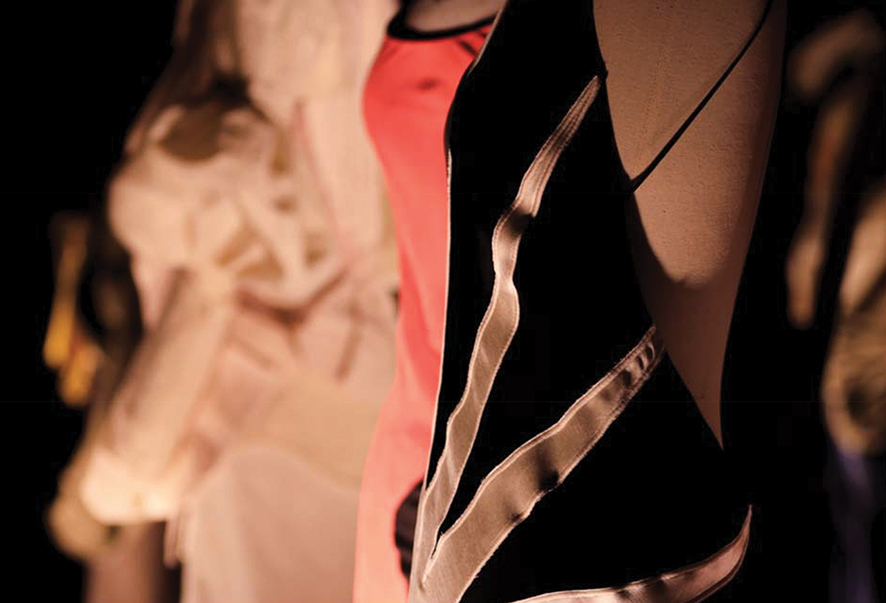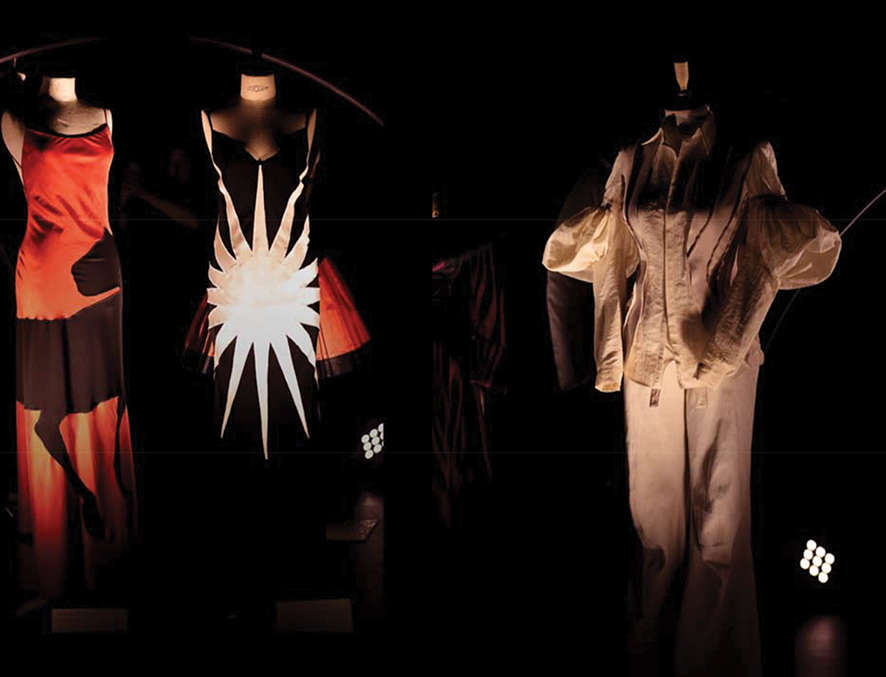In an era where fashion often races toward the disposable, Gio Levan’s debut exhibition at Lolita on May 30 did something radically different: it slowed down. It leaned in. It invoked a 12th-century Georgian epic poem and dressed it in draped silks, armored silhouettes, and echoes of medieval chivalry. The event, spanning just four hours but vibrating with a timeless emotional pitch, marked not only the launch of a new Georgian luxury brand, but a moment of cultural reframing: a fashion collection as an interpretative exegesis of The Knight in the Panther Skin by Shota Rustaveli. It was a salon of memory, ambition, and myth. Here, clothes served not to flatter the eye, but to awaken a national subconscious.
Rustaveli’s The Knight in the Panther Skin — often dubbed the crown jewel of Georgian literature — is a text dense with philosophical idealism, cross-cultural love, codes of honor, and lyrical mysticism. Gio Levan didn’t take it as metaphor; he took it as blueprint. The garments were haunted by textuality.
Patterned satins and brocade referenced Persian influence. Fluid wraps recalled both medieval robes and warrior capes. Embroidery traced poetic lines. In a single piece, one could detect the ghost of Avtandil’s longing, Tariel’s fury, and Nestan’s fierce independence — emotions transformed into couture geometry. Each outfit functioned as a chapter. Together, they comprised a narrative cycle. This is design as scholarship, fashion as interpretive ritual.

At the center of this quiet storm is Gio Levan himself — a designer who speaks less like a brand ambassador and more like a literary translator with a tailor’s hand. In his own words: “a commitment to quality fabrics and quality construction, a healthy amount of historicism, a transportive story…” And crucially, “to be Georgian in theme and presentation.”
Yet this is no mere national costume revival. Gio Levan’s work resists the expected. The historicism here is restless, intelligent — less museum replica, more archival remix. By choosing The Knight in the Panther Skin — a work that itself claims Persian roots, shaped in Georgian syntax — Gio Levan positions his brand within a fluid lineage of translation, adaptation, and hybridity. The exhibition becomes a quiet argument against purist nationalism. It insists instead on a version of Georgian identity that is palimpsestic, contradictory, and gloriously unfinished. This is heritage not as museum label, but as living archive. These garments do not speak of a past that was, but a past that still speaks — if only someone is willing to listen.
The choice of venue — Lolita, a haunt more known for its hedonist cocktails than literary fidelity — felt pointed. It turned a familiar space into a chamber of resonance, where patrons could circle the clothes as one might relics or icons. The lighting was gentle but theatrical. Each mannequin was staged like a verse in midair. For a few charged hours, it felt like walking into the epic’s afterlife. And yet, this wasn’t a dusty canonization. It was a seduction. A whisper. A calling.
It is no small thing, in 2025, to launch a fashion brand with such a profound literary and cultural thesis. In doing so, Gio Levan is signaling a return to slowness, to thought, to the idea that luxury lies not only in material richness but in conceptual density. This exhibition marks a significant moment in the Georgian cultural landscape. At a time when the country is caught between global modernity and its own contested mythologies, here is an artist who says: let’s look back — not to freeze ourselves, but to dream forward.

It also marks a wider trend in post-Soviet design circles, where the fashion world is increasingly less interested in Parisian imitation and more invested in regional language — literal and symbolic. Levan’s work speaks to this urgency. It is Georgian not just in name or motif, but in structure. The way a poem breathes through a garment. The way memory touches the body.
As Rustaveli once wrote:
“This Persian tale I found in the Georgian tongue.
Here, at the will of my enchantress, haughty and fair,
I have contrived to set it in verse, as a pearl re-strung.”
Gio Levan has found this tale again — not in a scroll, but in a seam. His enchantress is the fabric. His verse, the silhouette. And it is only the beginning.
By Ivan Nechaev














